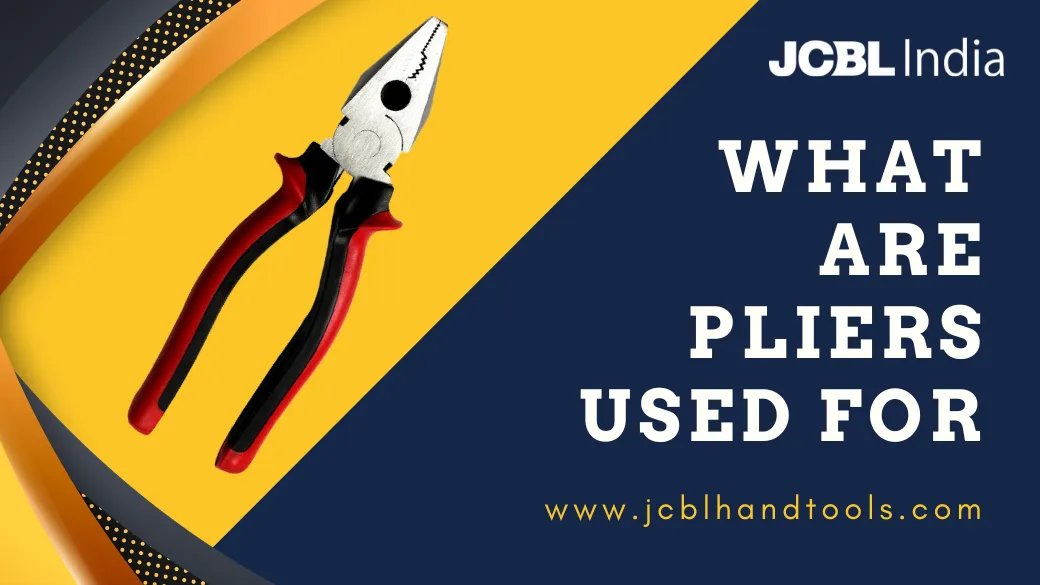12 Different Types of Pliers and Their Uses

The correct use of pliers increases the efficiency of work, whether they are professional or DIY. Even though pliers are among the most essential equipment you should have in your toolbox, if you use the “wrong” kind of pliers, you might not be able to complete the task. For example, it makes no sense to use pliers without a cutting function when trying to cut a wire. Since each pair of pliers has different uses, you must have pliers ready that meet the demands of the task at hand.
There are more than 30 types of pliers, some are multipurpose to used for a variety of activities, while others are made specifically for a single purpose. In this blog, we will discuss 12 of the most commonly used pliers you should be aware of when performing all kinds of technical work.
Parts Of Pliers
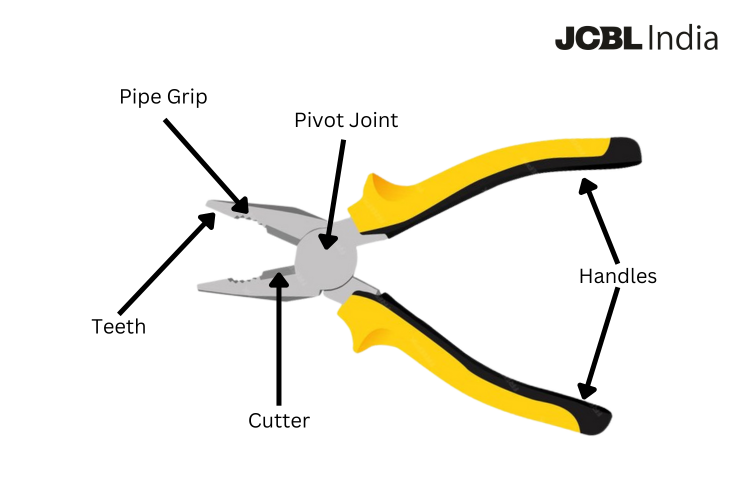
It is important to understand their functions and parts before moving on to the main topic, especially if you are new at DIY. Pliers can be used for a variety of tasks, but their features that are frequently mentioned include cutting, twisting, gripping, placing, tightening, loosening, and clamping. Let’s know each part in detail
- Handle – When using the plier, you grip this portion of the tool. Typically, plier handles are made of an insulating, non-slip substance like silicone or rubber.
- Jaw – a plier’s jaws are the part that open and close to grip an item. They frequently have a surface that is serrated or textured (called the plier’s teeth).
- Pivot/fulcrum – The hinge that moves the jaw is known as the pivot point or fulcrum. By attaching to the handle, it allows the jaw to close or open as the plier handle is gripped or released.
- Teeth – The area of a plier’s jaw that touches or grips the object it is holding is referred to as its teeth.
- Cutters – Some plier models have a tapered blade known as a cutter. You can cut through wire and other materials with it.
- Pipe Grip – The plier’s Pipe Grip function makes it possible to grip and hold pipes or other cylindrical objects tightly.
12 Standard Types of Pliers
Now that we’ve outlined the different types of plier, let’s take a closer look at some specific plier types:
Combination Plier:
Combination pliers are versatile hand tools featuring flat jaws for gripping and cutting. They are essential for a variety of tasks, including electrical work, general repairs, and crafting. With a cutting edge near the pivot point, they efficiently cut wires, while the serrated jaws ensure a secure grip on various materials. Combination pliers are a must-have in any toolbox due to their ability to perform multiple functions, making them ideal for both professionals and DIY enthusiasts.
Fence Plier:
Fence pliers are specialized tools designed for tasks related to fencing, such as installing, repairing, and removing wire fences. These pliers typically feature a combination of jaws for gripping, cutting, and pulling staples and nails. With their sturdy construction and ergonomic design, fence pliers are essential for farmers, ranchers, and DIYers involved in agricultural and outdoor projects.
Long Nose Plier:
Long nose pliers, also known as needle-nose pliers, feature slim, tapered jaws that come to a point. This design makes them ideal for reaching into tight spaces and gripping small objects with precision. Whether you’re working on electronics, jewelry-making, or intricate mechanical repairs, long-nose pliers are indispensable for grasping, bending, and manipulating delicate components.
Lock Grip Plier:
Lock grip pliers, also known as locking pliers or vice-grip pliers, feature a unique locking mechanism that allows them to clamp onto an object and hold it in place without requiring constant pressure from the user. This feature makes them ideal for holding, clamping, and tightening objects securely. Lock grip pliers are particularly useful in situations where a third hand is needed to free up the user’s hands for other tasks.
Side Cutting Plier:
Side cutting pliers, also known as diagonal cutting pliers or wire cutters, feature sharp, angled jaws designed for cutting wires and other materials flush to a surface. These pliers are commonly used in electrical work, cable installation, and crafting. Their sharp cutting edge enables clean and precise cuts, making them essential for tasks that require trimming wires to specific lengths.
Slip Joint Plier:
Slip joint pliers are characterized by their adjustable pivot point, which allows the user to switch between multiple jaw openings to accommodate various sizes of objects. These versatile pliers are suitable for gripping and turning nuts, bolts, pipes, and fittings. With their combination of strength and adjustability, slip joint pliers are a staple in both professional trades and DIY projects.
Tin Clip Plier:
Tin clip pliers are specialized tools designed for bending and cutting metal clips or fasteners used in upholstery and automotive upholstery. These pliers typically feature wide, flat jaws with sharp cutting edges, allowing for precise trimming and shaping of metal clips. Tin clip pliers are essential for upholstery work, furniture repair, and automotive restoration projects.
Water Pump Plier:
Water pump pliers, also known as groove joint pliers or tongue and groove pliers, feature serrated jaws with multiple adjustment positions, allowing them to grip objects of different sizes securely. These pliers excel at gripping and turning large nuts, bolts, and pipes. Their adjustable design makes them versatile enough to tackle a wide range of tasks, from plumbing repairs to automotive maintenance.
Hose Grip Plier:
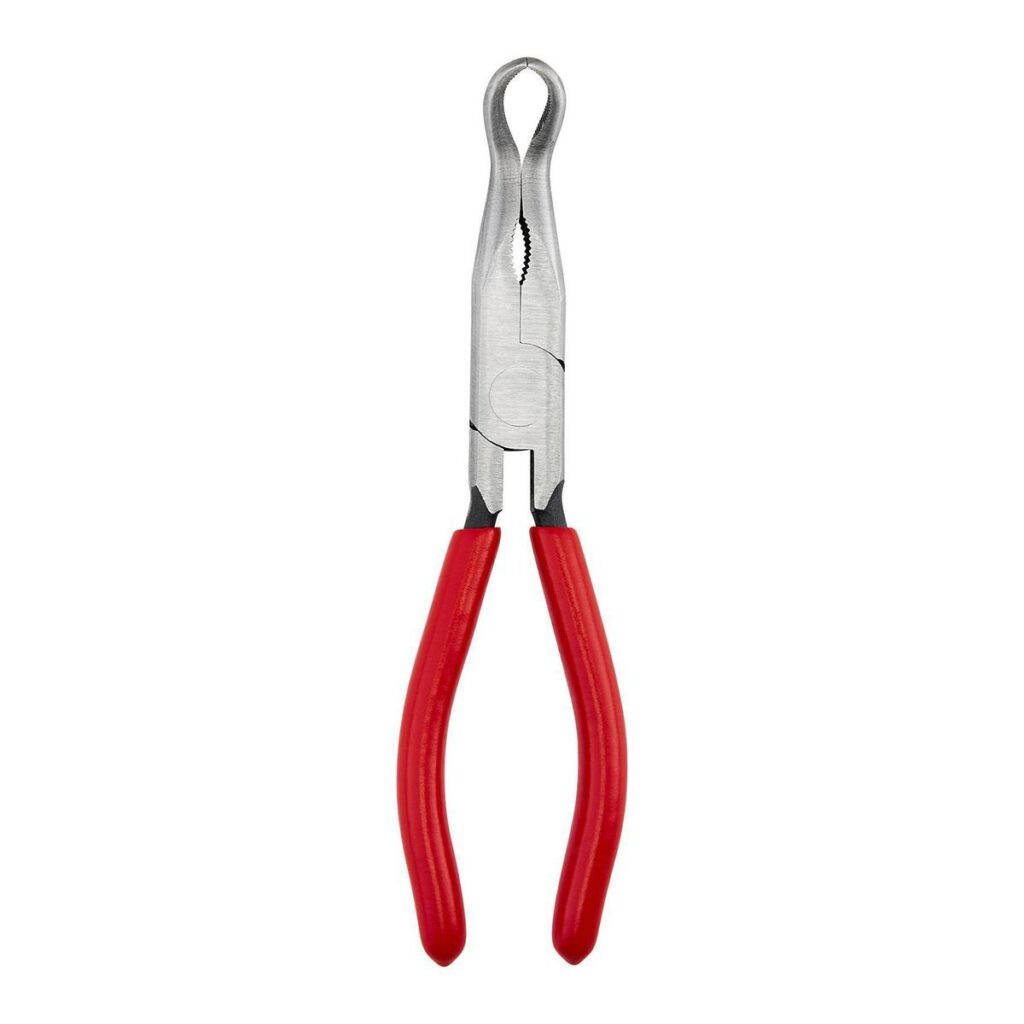
Hose grip pliers, sometimes referred to as hose clamp pliers, are designed for gripping and compressing hose clamps, which are used to secure hoses onto fittings in automotive, plumbing, and HVAC systems. These pliers typically feature a ratcheting mechanism that allows for easy adjustment and locking of the clamp in the open position, facilitating the installation or removal of hoses.
Bent Nose Plier:
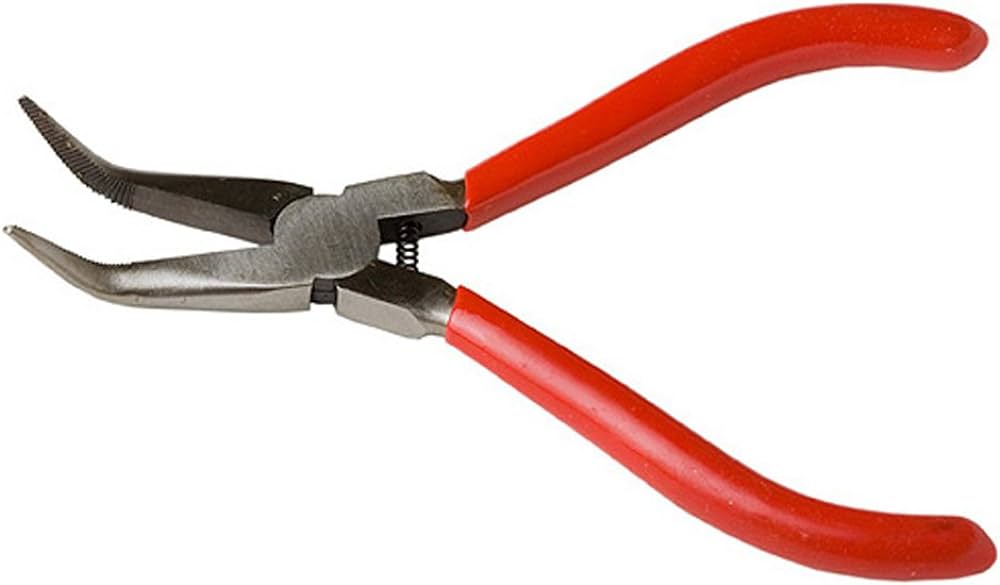
Bent nose pliers feature jaws that are angled or bent at the tips, allowing for greater accessibility and maneuverability in confined spaces. These pliers are ideal for reaching into tight spots and gripping objects at odd angles. Whether you’re working on intricate electronics or fine jewellery, bent nose pliers are invaluable for tasks that require precision and dexterity.
Flat Nose Plier:
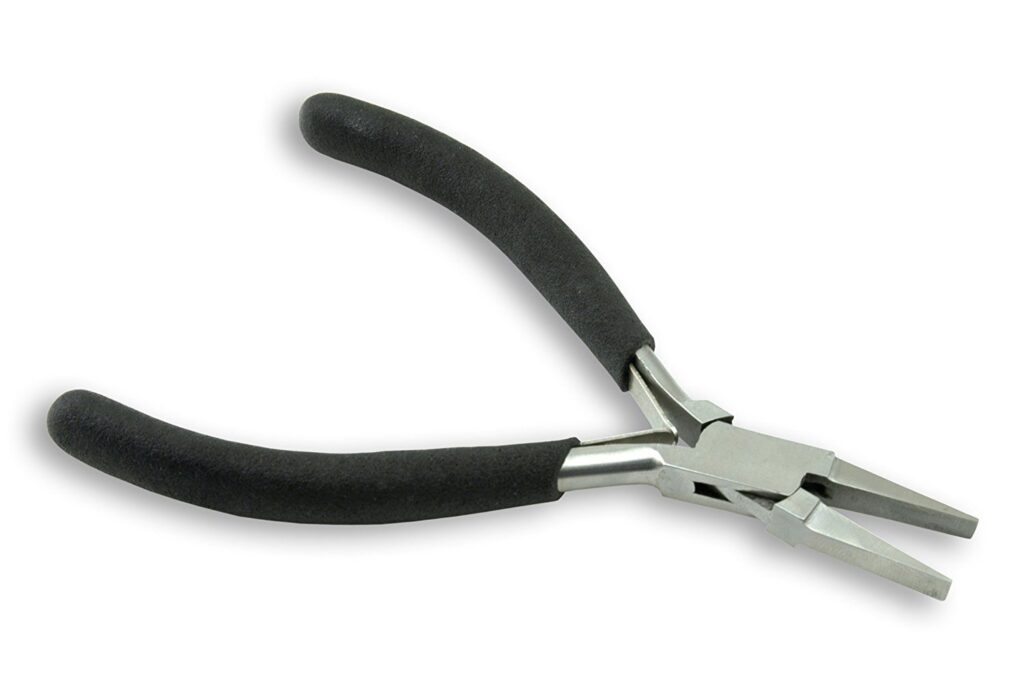
Flat nose pliers feature flat, wide jaws that provide a large surface area for gripping and bending objects. These pliers are commonly used in jewellery making, wire wrapping, and metalworking for shaping and manipulating materials. The flat jaws minimize marring and distortion, making flat-nose pliers ideal for delicate tasks that require precise control and uniform pressure.
Crimping Plier:
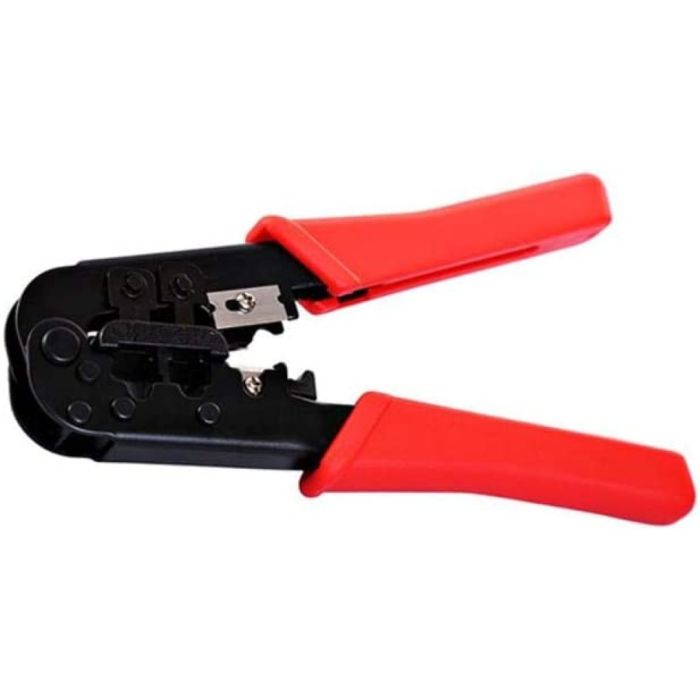
Crimping pliers are specially designed for crimping metal sleeves, connectors, and terminals onto wires and cables. They feature indentations or dies on their jaws that compress the crimping components securely, creating a strong and reliable electrical connection. Crimping pliers are indispensable for electrical work, automotive repairs, and DIY projects involving wiring and cabling.
Get Pliers From JCBL Hand Tools
In this article, we’ve covered different types of pliers, but one thing we have not yet talked about is JCBL Hand Tools.
JCBL Hand Tools is a type of hand tool brand with a reputation for producing high-quality tools – specifically pliers. The company has been in continuous operation for many years and its entire tool range is exclusively manufactured under strict conditions in India.
Forged from steel and state-of-the-art technology, JCBL Hand Tools pliers come with a guarantee and are built to last. Professional craftsmen have them as their preferred brand of pliers.
Conclusion:
With the right set of pliers at your disposal, you can tackle any task with confidence and precision. Whether you’re working on electrical installations, automotive repairs, or crafting endeavors, there’s a plier designed to meet your needs. By understanding the unique features and applications of each type of plier, you can unleash their full potential and elevate your DIY skills to new heights.











